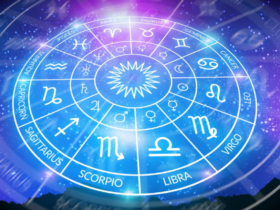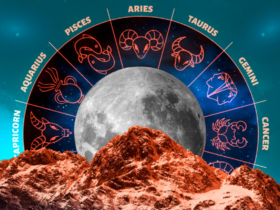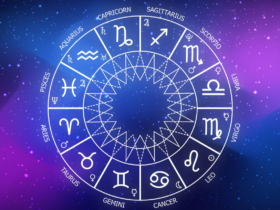In the vast expanse of the dating universe, two distinct groups of individuals emerge: those who hold steadfast belief in the viability of long-distance relationships, and those who remain skeptical of their prospects.
As I find myself entrenched within the realms of a long-distance relationship, I am compelled to graciously redirect attention towards a revelatory study that has elegantly laid to rest any lingering doubts about the efficacy of such relationships – illuminating not only their feasibility but also the key ingredients that facilitate their success.
Delving into the annals of psychological research, a seminal study conducted in 2015 involving a cohort of 63 college students, unfurled the remarkable revelation that long-distance relationships possess the potential to be as, if not more, fulfilling than their geographically proximate counterparts.
Astoundingly, couples ensconced in the embrace of geographical separation were found to exhibit heightened levels of communication, fostering a tapestry of emotional intimacy that surpassed the grasp of physical proximity. Thus, even in the face of envy-inducing couples who bask in the luxury of in-person rendezvous at their leisure, the pendulum of advantage swings firmly towards the advocates of distant romance.
Now, one may be impelled to query: what alchemical blend of ingredients conspires to bestow such flourishing vitality upon relationships beset by spatial chasms? Permit me to channel the insights of Emma Dargie, an erudite disciple of clinical psychology pursuing her doctoral journey at Queen’s University and the orchestrator behind the aforementioned study. Dargie espouses, with eloquence befitting her subject, that the bedrock of triumphant long-distance relationships is none other than communication itself.
Speak to a live horoscope expert. Find clarity, connection and a path forward.
CLICK HERE AND START YOUR READING!
Related: Navigating Love's Terrain: Exploring Different Relationship Dynamics and Styles
She expounds upon the imperative of identifying each partner’s emotional prerequisites in the nascent stages of the relationship, ardently advocating for the nurturing of these needs through concerted effort and the symphony of dialogue. Feedback, she avers, serves as the compass guiding the navigation of unmet needs, a roadmap towards mutual fulfillment. Peculiarly, those who wield the foresight to map out the junctures when their paths shall once again intertwine exhibit a heightened capacity to navigate the labyrinthine corridors of distance with poise.
Dargie’s ambitious study harnessed the insights of 474 women and 243 men embroiled in long-distance relationships. These individuals eloquently responded to inquiries pertaining to the spheres of intimacy, commitment, communication, and physical contentment. Simultaneously, 314 women and 111 men engaged in proximal relationships embarked on the same voyage of self-disclosure.
The upshot of this scholarly odyssey was remarkable: a discernible parity in the qualitative tapestries woven by both categories of relationships, barring one pivotal distinction. The couples sundered by geographic expanses not only reported equivalent levels of satisfaction, intimacy, and communication, but in fact, eclipsed their proximal counterparts in these very dimensions.
Ergo, the chasm spanning physical separation is conclusively not the harbinger of relational discord. To unravel this paradox, one must delve deeper into the intricate tapestry of expectations and reality. As Dargie sagely postulates, the schism between one’s anticipations for a relationship and the pragmatic landscape that unfolds is the true crucible of discord.
With this newfound comprehension in tow, a pressing query beckons: how do couples embroiled in the tendrils of long-distance commitment sustain the flickering ember of love? An inquiry delved into by a 2013 study published in the Journal of Communication, which congregated a cohort of 63 couples, proffers an insightful response. The study underscores the pivotal role played by media – the modern-day emissaries of connection – in nurturing the vitality of long-distance relationships, particularly within the ranks of youthful paramours.
Related: Dealing with Conflicting Emotions in Love: Strategies for Managing Complex Feelings
Curiously, while the frequency of interactions between the denizens of distant love did not rival the constancy upheld by their proximal counterparts, the former group was illuminated as fervent purveyors of intimacy, their exchanges emboldened with a qualitative richness that found resonance across temporal expanses.
In conclusion, the landscape of love across horizons proves to be one rife with potential, an arena where the absence of physical proximity begets the flourishing of emotional intimacy. The revelation of Dargie’s study impels us to fathom that it is not the tape measure between lovers that forges the fissures in their connection, but the interplay of anticipations and reality. As technology unfurls its tapestries of connection, long-distance relationships find themselves nurtured through the artful symphony of communication, an orchestra that resonates across space, time, and expectation.





















